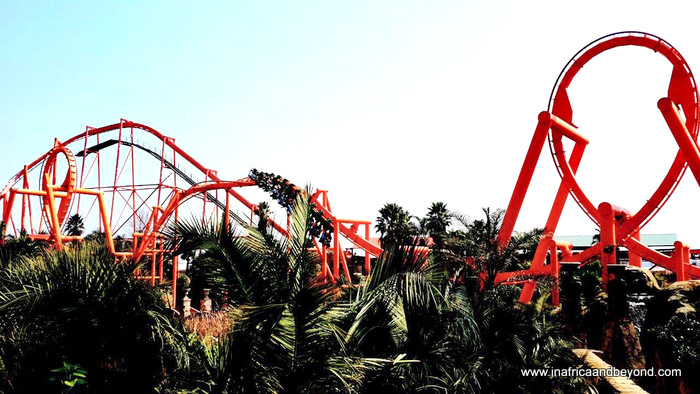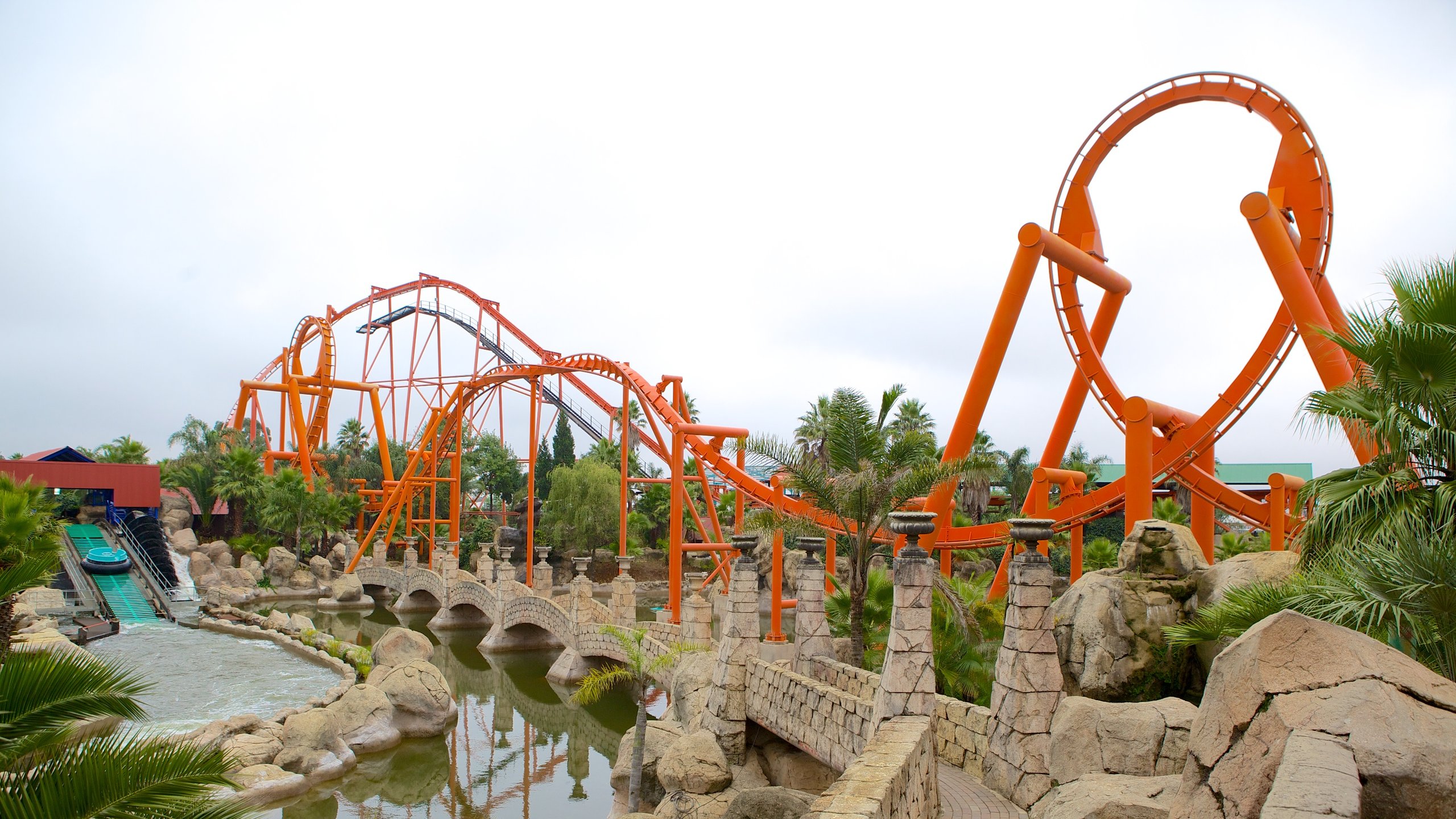Not known Details About Johannesburg North Attractions
Table of ContentsAbout Johannesburg North AttractionsThe 20-Second Trick For Johannesburg North AttractionsLittle Known Facts About Johannesburg North Attractions.Johannesburg North Attractions - TruthsThe 7-Second Trick For Johannesburg North AttractionsJohannesburg North Attractions Fundamentals ExplainedJohannesburg North Attractions - The Facts
You must keep security in mind and tourists have to continue to be alert at all times when in unfamiliar surroundings. Talk to the residents when you remain in town to learn about the location you are remaining in. Johannesburg North attractions. When on the street (this doesn't put on mall and various other safe and secure atmospheres) ideal general recommendations is to attempt your ideal to look like a neighborhood and to stay clear of displaying any type of kind of wide range
Johannesburg North Attractions Fundamentals Explained
Professor Revil Mason O. J. (Thomson, 1946) checked out the Witwatersrand's pre-colonial background. His archaeological work blew up the 'em pty land' misconception, according to which the area was lacking human habitation prior to the arrival of European inhabitants. In his publications Prehistory of the Transvaal: A Record of Human Task (1962) and Beginnings of Black Individuals of Johannesburg and the Southern Western Central Transvaal Advertisement 3501880 (1986 ), Professor Mason demonstrated the degree of social and financial advancement in the location prior to Europeans set foot right here.

The smart Trick of Johannesburg North Attractions That Nobody is Talking About
He showed the federal government's permission, granted after he had testified maintain his discoveries key. In 1874, small mining operations were begun in the Magaliesberg, where an Australian, Henry Lewis, had uncovered gold deposits. In 1878, David Wardrop located gold in quartz capillaries at Zwartkop, north of Krugersdorp. In 1881, Stephanus Minnaar encountered gold on the farm Kromdraai, near the Cradle of Humankind.
In March 1886, a protrusion (quickly to be called the Main Reef) was found, quite fortuitously, on Gerhardus Oosthuizen's farm Langlaagte. Some say that the Lancastrian coal miner George Pedestrian found this coral reef. Another itinerant English prospector, George Harrison (who had previously operated in Australian mines) gotten a prospecting permit in respect of Langlaagte in Might 1886.
He decided to carry on in a mission for greener fields, and disposed of his Langlaagte case for the princely sum of 10. Alas: underneath lay the richest goldfield ever discovered. The exploration of this abundant auriferous reef provoked a gold thrill that signalled the end of agrarian tranquillity in the southerly Transvaal.
It would, within six years, become the largest community in southern Africa. Within a decade, it would certainly make the Z. A. R. up until after that an anarchical and insolvent little state the richest country in Africa. By the turn of the century, the Z. A. R. was to surpass Russia, Australia and the USA of America to become the world's leading gold manufacturer, producing greater than a quarter of the world's gold.
The smart Trick of Johannesburg North Attractions That Nobody is Talking About
It was known as Ferreira's Camp, called after Colonel Ignatius Ferreira. He was a Boer adventurer upon whom the British authorities had actually presented the status of Companion of one of the most Differentiated Order of St Michael and St George (entitling him to the post-nominal letters C. M. G.) in appreciation for his duty in see this website the war that had actually deposed the Pedi king Sekhukhune in 1879.
Soon the camp was bursting with camping tents and wagons as novices showed up daily from everywhere. By September 1886, some 400 individuals lived in Ferreira's Camp, which quickly flaunted built iron and timber structures. Two other camps were developed: Meyer's Camp on the ranch Doornfontein, and Paarl Camp. The latter was nicknamed Afrikander Camp; lots of individuals from the Cape Colony settled there.

The Ultimate Guide To Johannesburg North Attractions
This name gained currency by word of mouth, such that the State Secretary attested the name to the Mining Commissioner on 9 October 1886. Stands in the village were auctioned on 8 December 1886. While some stands original site were sold for 10, others were torn down for as little as sixpence.
2 years later, these erven were to change hands for as high as 750 each. The tented camps dwindled as a dorp of corrugated iron buildings developed and broadened north of the mines situated along the Main Reef Roadway. Areas such as Jeppe's Town (where working-class immigrants erected their dwellings) and Doornfontein (where the wealthy brand-new 'Randlords' started to construct their luxurious homes) were soon contributed to the ever-expanding map of the community.
Johannesburg North Attractions Can Be Fun For Everyone
Apart from the road names, there were no indicators of Johannesburg being positioned in a Dutch-speaking country., nearly everyone spoke English and even the Government servants addressed one in English, unless they were first attended to in the Taal (or Reduced Dutch)'.
Thus, Britain had a passion in making sure optimal conditions for gold production on the Witwatersrand, which the gold was exported to London rather than Berlin a critical provided even more clamant by the Z. A. R - Johannesburg North attractions.'s boosting toenadering with Germany. Mine owners were on a crash course with Head of state Kruger, whose plan of monopolistic giving ins (usually granted to his cronies) prevented mining business from obtaining materials of products (particularly dynamite) and work by themselves, more affordable terms
The Best Guide To Johannesburg North Attractions
In 1890, the Volksraad had actually limited the franchise to white males that had lived in the Z. A. R. for fourteen years or longer, thus disqualifying the majority of view it the immigrants (that took place to be the major contributors to the fiscus). However, anxiety for the vote was a plain pretense for advertising a various agenda; many uitlanders concerned themselves as short-term site visitors and had no intention of remaining in the Z.